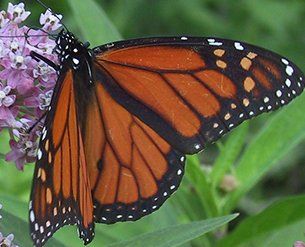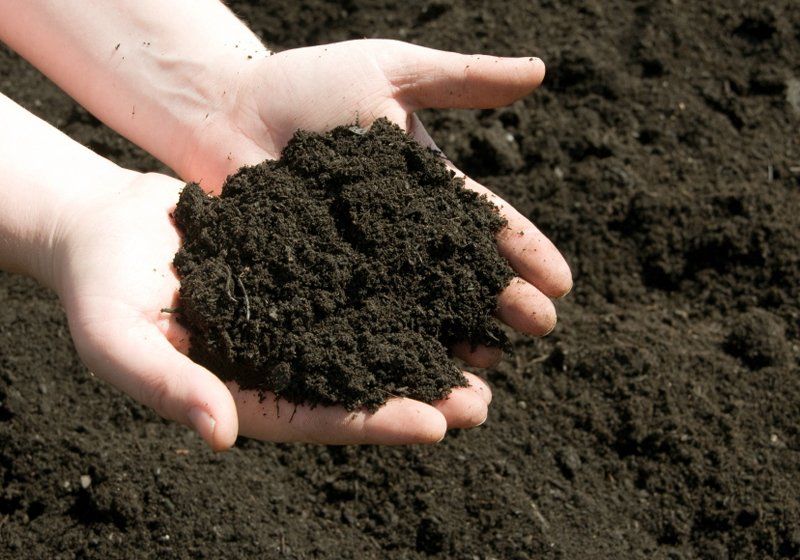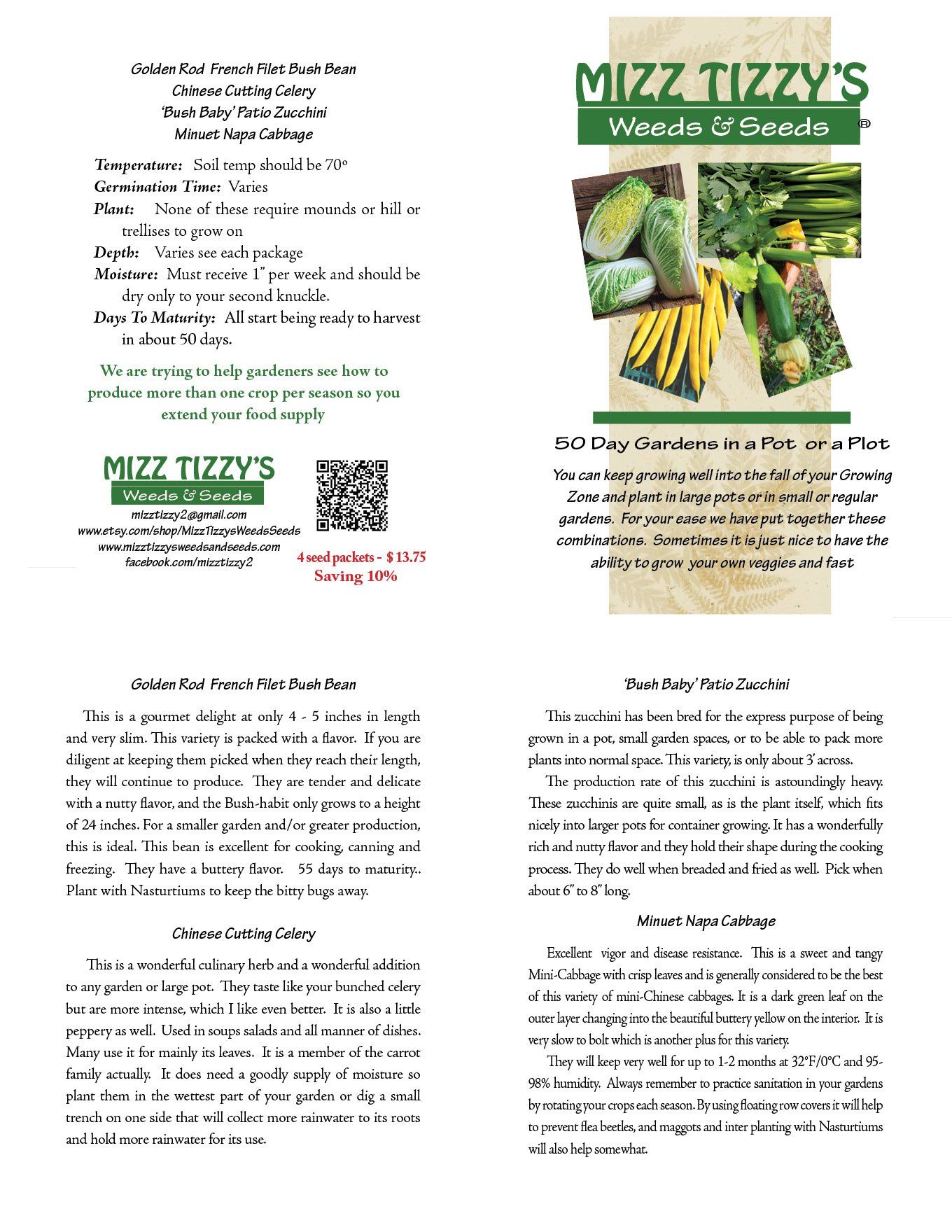Get in touch
mizztizzy2@gmail.com
mizztizzy2@gmail.com
555-555-5555
mymail@mailservice.com
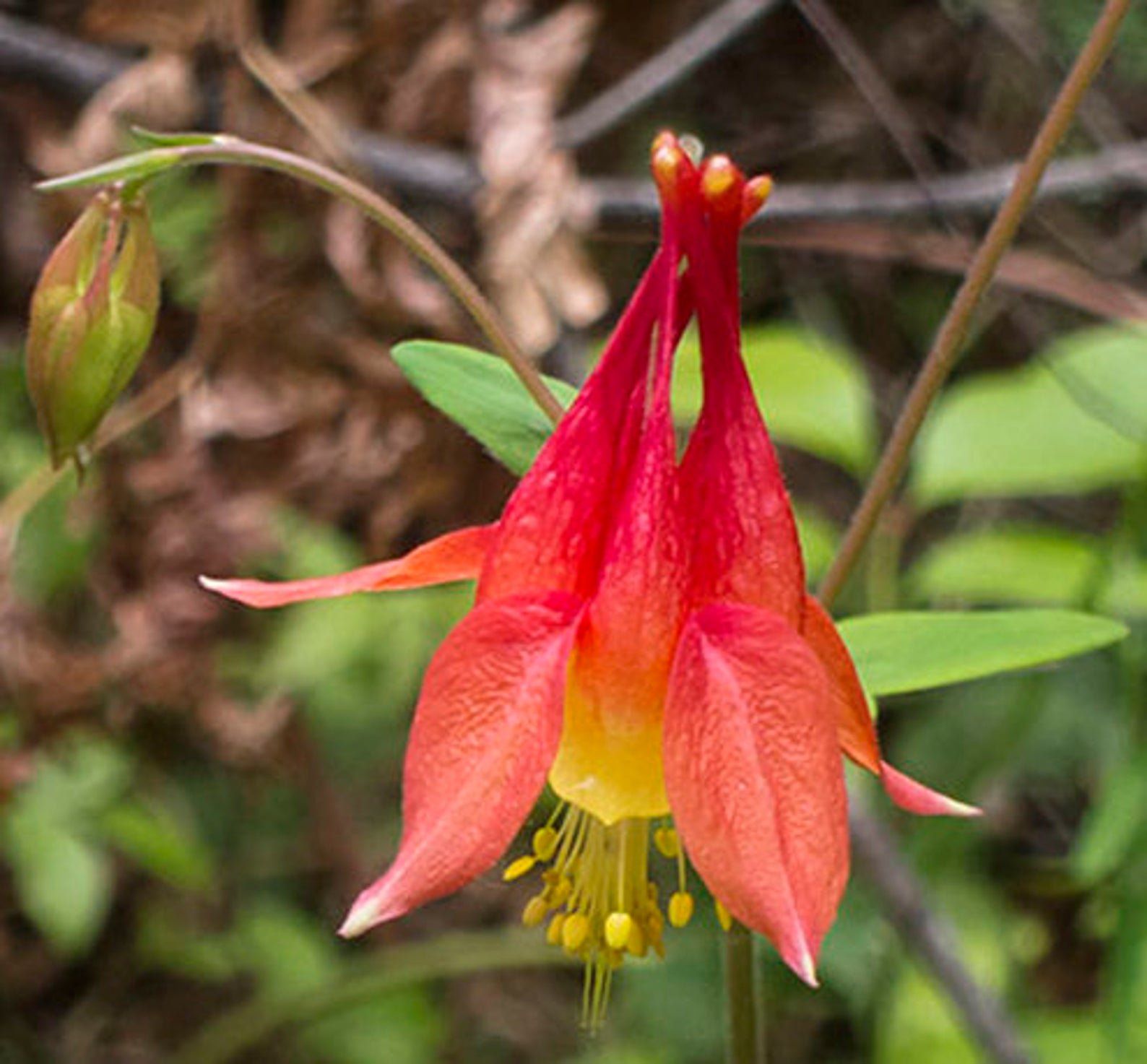
STATEN ISLAND, NEW YORK -- Long before I started thinking about the ecological value of native plants, it bothered me that I was paying landscapers to mow the lawns in the three small grassy plots of the front yard of my New Brighton house. So, two years ago, I hired workers to dig up the largest plot, now planted with a mix of native and non-native plants. Thriving natives in this plot include Solomon's seal, black-eyed Susans, sensitive fern (Onoclea sensibilis), and lots of lavender-flowering anise hyssop, ready to debut and attract butterflies in July. Native Anise Hyssop attracting pollinators: Now I'm gradually working on digging up thick-rooted grass from the other two plots in the front yard. Hoping to convert one of them into a wildflower meadow, and the fleabane daisies -- blooming now in profusion -- provide some natural encouragement as volunteers: Today I planted mature native milkweed seedlings in one of the plots, and also tucked in wild geranium (Geranium maculatum), courtesy of Society member Alyson Bardsley, who shared her garden's excess at our June 1 Plant Swap. Milkweed and other natives will replace the grass. June 16, 2019. All of this is a labor of experimental gardening love. Hoping for good results, especially with the milkweed! Virginia N. Sherry is a freelance writer, lifelong gardening enthusiast and founder of the nonprofit Native Plant Society of Staten Island. She created and maintains the NPSSI website ( www.nativeplantsocietyofstatenisland.org ) , administers the group’s public Facebook page, activities and events. “Our goal is to help educate our community about the history and ecological importance of native flora.” You can reach her by email: ginisherrynewyork@gmail.com https://nativeplantsocietyofstatenisland.org/news/f/farewell-to-my-grass-lawns
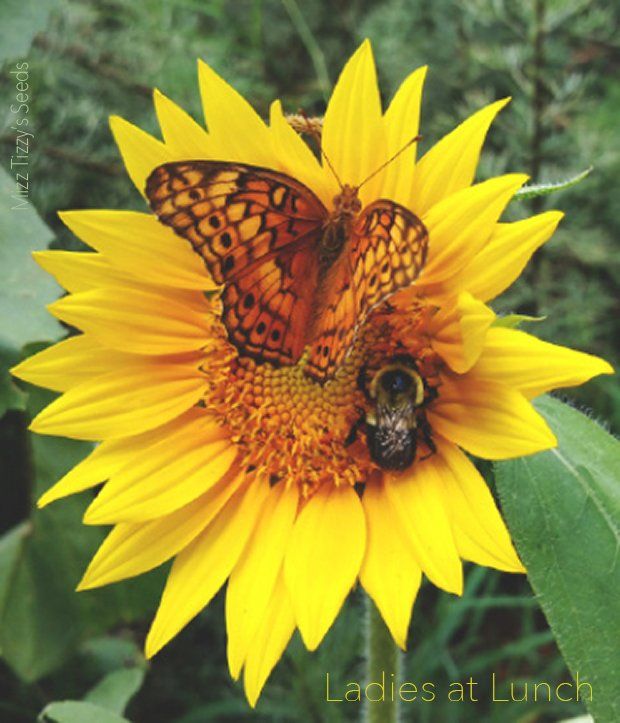
. . . DO NO T Do It . . . by Joanne Roth There are several reasons for NOT cleaning up your veggie gardens, perennial, and landscape beds for the fall. I know some of you are probably gasping but it is an important thing to NOT do. The main reason is that the plants that are dying back or retreating their sap for the winter, need to be allowed to do that, because the soil they are planted in needs those nutrients back. So you are returning to the soil what you borrowed for the summer. This includes annuals (such as vegetables, or flowers), perennials, trees and shrubs. Another preparation for winter would be to interplant, in between the rows, winter cover crops. I like to use Crimson Clover and Daikon Radishes. Both are wonderful as nutrient accumulators, nitrogen attractors and the Radishes are edible and at the same time will drill into your soil to help break up the clay or compacted soil. The one we are selling this year is called “Fracking” Daikon Radish seeds, which should serve as a good hint at how well it does. It is aptly named in the fact that the radishes are the long variety and will drill down into your soil breaking it up, and improving the texture. They are quite delicious to eat as well, so they are working double time for the gardener. They can also be tilled into the soil to become green manure. The clover and radishes both wonderful The garden that has not ben cleaned for the winter, offers safety and food for wildlife, such as birds, rodents, bugs, bug eggs, spiders, and crystalist. Most of these could be beneficial insects, but all serve a purpose and add the needed balance which is necessary for each season. Not raking your leaves into bags tos be placed at the curb to then be hauled to the dump is also very important. You can rake or blow those leaves into your gardens where they will all offer shelter for wildlife, and mulch for your shrubs, and trees. As they decompose they will be feeding the plants around them because their decomposition is absolute gold to your gardens. You can also pile them in your veggie gardens to be tilled in the spring as green or plant manure. Native bees and butterflies need these winter shelters most especially. Native bees for the winter protection from both the cold and predators. Also in and amongst the remnants of our still standing gardens are the eggs of insects and chrysalis for bugs such as praying mantis and some overwintering butterflies and moths. There are some butterflies and moths which will shelter in rock fissures, under bark, leaf litter and inside uncut ornamental grasses. They over winter in the chrysalises which they form at their special time in the fall. (So never remove or crush them) They will be hanging almost anywhere unnoticed so in cleaning your gardens you could accidentally be ending their development. Birds also need your gardens to remain ‘as is’ so that they can find their suppers by rooting through the debris of leaves, and dead plants, fallen seeds, and between rocks. Bugs, such as Ladybugs, Lacewings, Assassin bugs, Damsel beetles and many many more, require a nice place to eat, hibernate, nest and lay their eggs. Winter Interest - for those that get snow during the winter - is a beautiful sight to see after a snow. The natural sculptures created amongst the stems and seed heads of plants left in the gardens are so beautiful. So before you head out to your gardens this fall, take a break and just put rakes, hoes, and loppers, into your sheds until about April. You should also not do any pruning from September on because the wounds would need time to heal over before the first frosts, and winter rains and freezes. NEVER put that black tar looking stuff on any wound of a tree or shrub. That would be like putting it on a wound you had. It is horrible stuff. All trees and shrubs do quite well at healing their selves - they have done so for millions of years before we got here with big ideas on what is right. If you do have a broken limb or a limb with canker, or other disease on it then by all means go ahead and do a slanted cut so it will shed water. Plants will be withdrawing their sap to get ready for winter so for them to have to be doing that as well as heal a wound puts a bit too much stress on them. I hope you will also enjoy a few months of rest and our usual frantic waiting for our new garden catalogs to plan and hope in doing it all over again next spring.
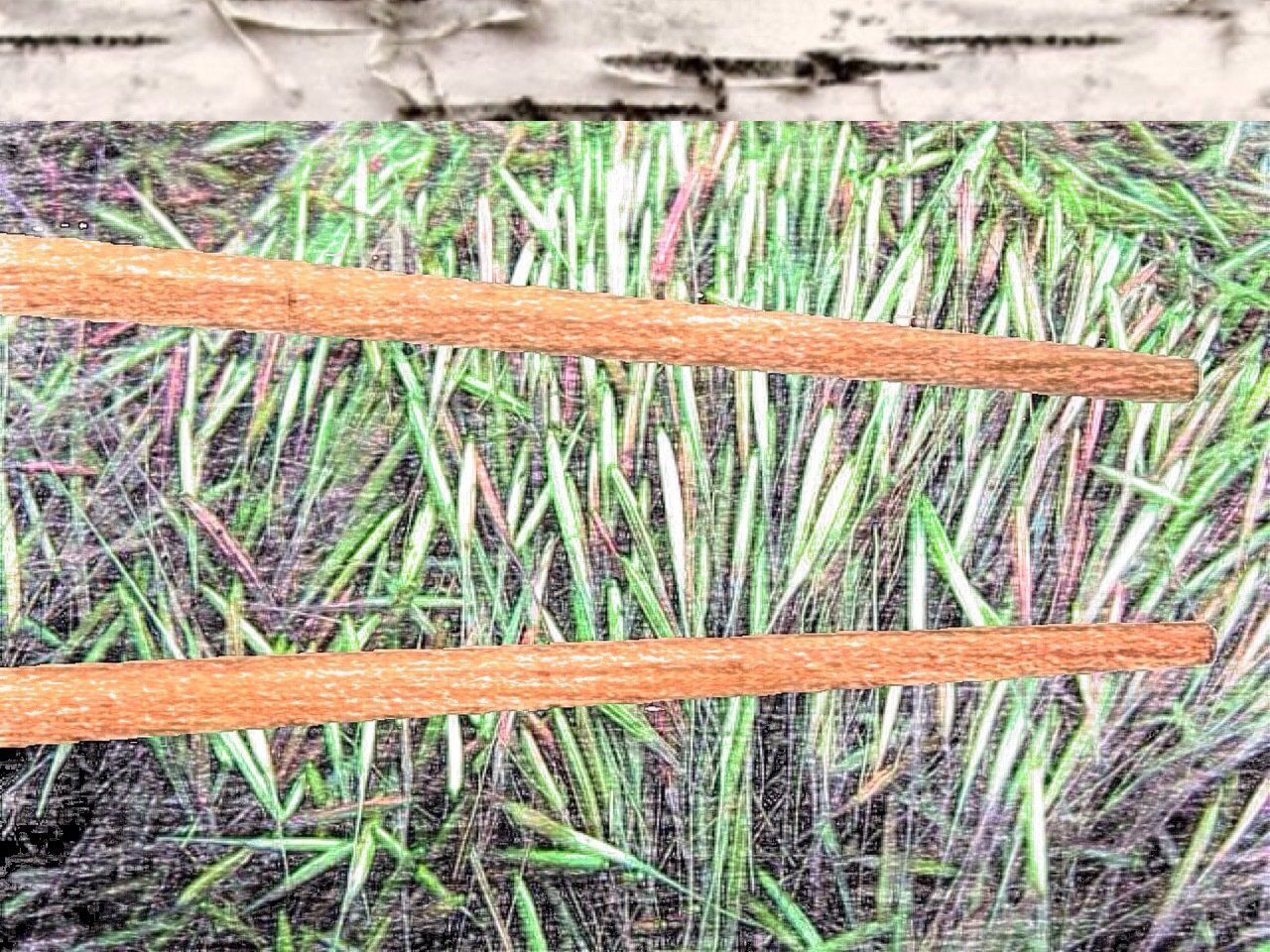
Native Seed Harvest of Regionally Native Plants The seeds of plants that are native to your region or otherwise conducive to your gardening zone can be left in the garden to germinate naturally the following spring. Yet, there are many other reasons we decide to harvest native seeds. A tip from Anishinaabe Ojibwe Manoomin harvest (wild rice harvesting) is to sow as you reap. That is, leave a notable portion of the seed to the natural elements of your garden as you harvest the portion you want or need for winter storage, food, oils, art, crafts or other purposes. This ensures a natural cycle of reproduction of native plants. Manoomin Harvest (Wild Rice) The Anishinaabe (Ojibwe, Potawatomi and Odawa) began a long migration from the east coast back towards the west following a prophesy that would take them to a place where food grew on water. This food, Manoomin, is commonly known as Wild Rice. Its seed head grows above shallow waters or sloughs and became a starch staple of the First Nations in the Northern Great Lakes region. It is sown and harvested at the same time, usually in late August or into September. A canoe is set out into the slough with two people. One person sits holding two ricing sticks. The other person may sit or stand and mans the long pole that slowly glides the canoe through the Manoomin field. The forward person pulls the rice over the canoe and beats it with the second stick allowing about half the rice to fall in the water for next year’s crop while collecting what the people will prepare and store for food. Gratitude An offering of tobacco or other favored herb is given in gratitude prior to this harvest/sowing procedure. Treating all our plants with a sense of gratitude conditions us to respect and live in balance with the rest of creation. In return, we will not be in want. Should an entire seed harvest be brought in by us, and conditions beyond our control would destroy those seeds, then there would be nothing left to plant in spring. If the plant is native to your area, it is conditioned to survive the typical winter of your region. Bio: Brother Joshua Seidl is a team member for the design of the Mizz Tizzy’s Weeds and Seeds web site. He is a monk working in many areas of media, a horticulturist and an author of the novel Hawk Dancer and other works of fiction. His author site is www.hawkdancer.com

